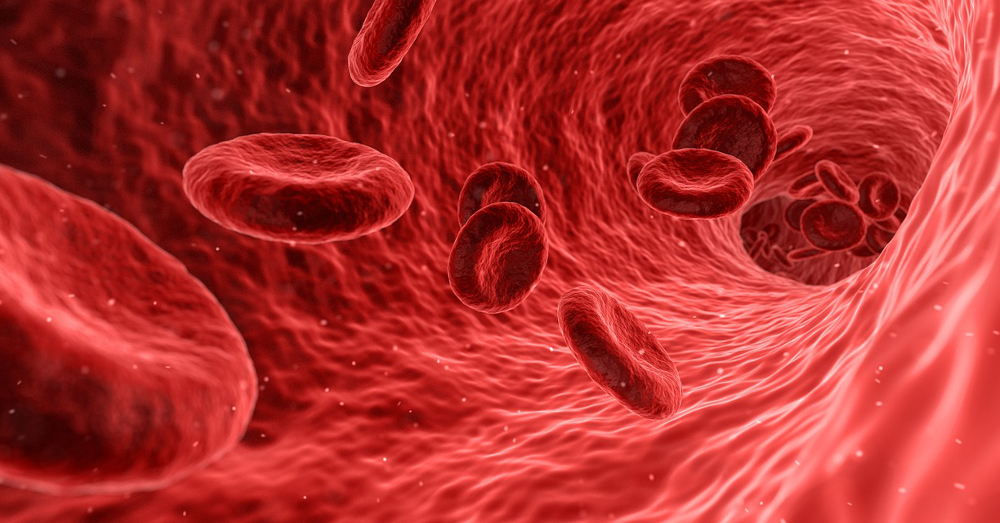
Human-Pig GMO Created at Vaccine Institute
In Greek mythology, a chimera is a fire-breathing monster created from different species, most often portrayed as a creature with a lion’s head, a goat’s body and a serpent’s tail.
Chimeras have long been regarded as mythical creatures, and the idea of a human-animal chimera has remained confined largely to mythology — until now.
February 7, 2017 | Source: Mercola.com | by Dr. Joseph Mercola
In Greek mythology, a chimera is a fire-breathing monster created from different species, most often portrayed as a creature with a lion’s head, a goat’s body and a serpent’s tail.
Chimeras have long been regarded as mythical creatures, to the extent that the word “chimera” also means “an illusion or fabrication of the mind” or “an unrealizable dream.”1 Among humans, chimeras, or people who have two genetically distinct types of cells, do exist, however.
Most often this occurs among non-identical twins who shared a blood supply in the uterus and end up having more than one blood type (they’re known as blood chimeras). The idea of a human-animal chimera has remained confined largely to mythology, however — until now.
First Human-Pig Hybrid Created
Researchers from the Salk Institute for Biological Studies in La Jolla, California, have made history by creating a human-pig hybrid, a task achieved by injecting days-old pig embryos with human pluripotent stem cells.2 Such cells, like embryonic stem cells, are able to divide indefinitely and become any type of cell in the body.
The human-pig embryos were then transferred into adult pigs and allowed to grow for up to four weeks, before they were “removed and analyzed.”3
The study noted that more than 2,000 hybrid embryos were transferred into surrogate sows, but only 186 later-stage chimeric embryos survived the process, each with about 1 in 100,000 human cells.
The long-term goal of such research is to figure out if it’s possible to grow human organs inside other species, like pigs. Human embryo development, drug development and disease processes could also be studied using chimeras.
Animal chimeras have been developed in the past. For instance, researchers genetically engineered (GE) rat embryos to not produce a pancreas (which controls blood sugar levels), then injected mouse stem cells into them, which resulted in the growth of pancreatic tissue.
They were then able to treat diabetes by transplanting parts of the healthy organs into diseased mice.4
The development of human-animal chimeras has, however, remained in the realm of science fiction until now. Aside from the glaring ethical considerations, these types of experiments have been ineligible for public funding in the U.S., which is why the Salk Institute has had to rely on private funding for the study.5
US May Lift Funding Ban on Human-Animal Chimeras
In September, 2015, the U.S. National Institutes of Health (NIH) issued a moratorium on funding research involving injecting human stem cells into animals.
While human cells have long been studied in animal models, such as growing human tumors in mice, “the new research is different, because potent human stem cells are being injected directly into a very early-stage animal embryo, consisting of just a couple of dozen cells,” MIT Technology Review reported.
“Theoretically, the human cells could then end up contributing to any part of the animal, and in any amount.”6
NIH was right to be wary, but by August, 2016, they’d announced a plan to potentially lift the funding moratorium, noting that such experiments “are really important and exciting to understand how disease works.”7,8
In addition to forming a special committee to oversee funding of human-animal hybrid research, they announced that funding for research involving combining human cells with early ape or monkey embryos would continue to be forbidden.
The concern is that such research could inadvertently create a human-like ape, leading to consequences we’ve only begun to contemplate. As of January, 2017, NIH’s funding ban is still in place, which certainly seems pragmatic, to put it mildly, given the risks involved. As MIT Technology Review pointed out:9
“The agency also wants to explicitly bar any of these human-animal chimeras from being allowed to reproduce.
The risk — very remote but which could have disastrous consequences for public confidence in science — is if two chimeras mated and gave rise to a human fetus. That could happen if their sperm or egg were human.”
